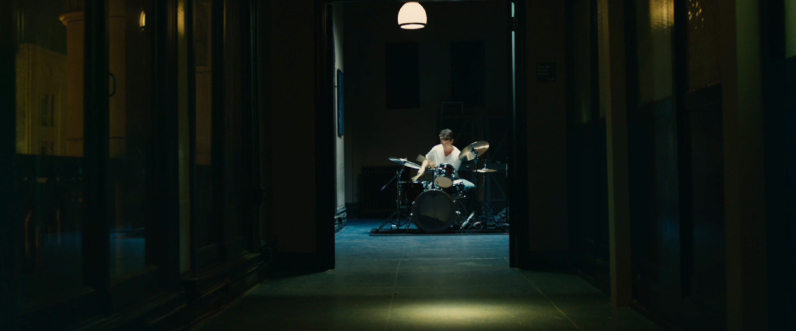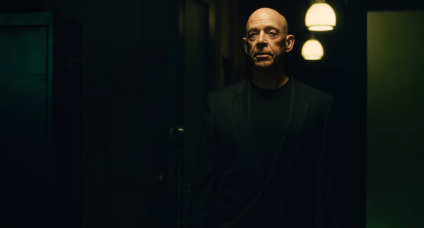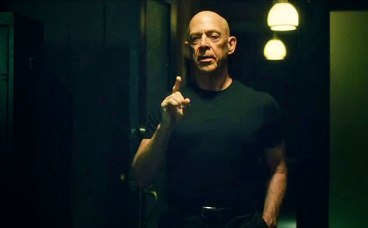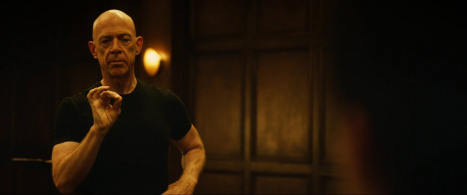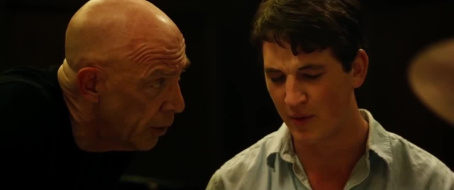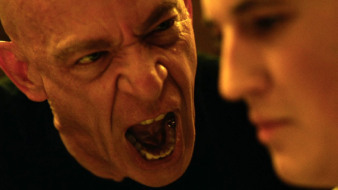Crescendo: a gradual increase in loudness in a piece of music.
Warning: this article contains spoilers.
Introduction
Welcome to Film Frame Friday! We are back and what better way to kick things off than with a film that moved me to my core. This is the first time I have ever written a two-part article, but this film deserves it. For the first part, I will be discussing the initial interactions between Miles Teller and J.K Simmons characters and how they build up a nice crescendo leading into one of the best endings to grace modern film.
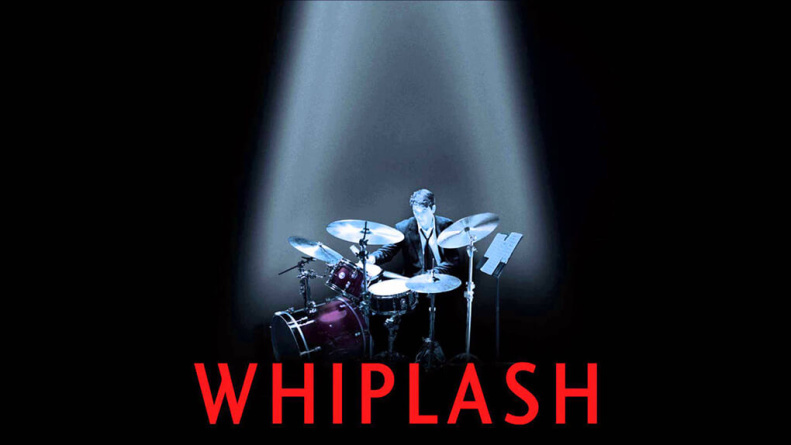
I will never forget how amazing 2014 was, and I owe that largely to Whiplash, written and directed by Damien Chazelle. The funny part is Miles Teller’s involvement is what made me so invested in this film. I loved him in The Spectacular Now (2013), so when I heard about Whiplash my heart fluttered.
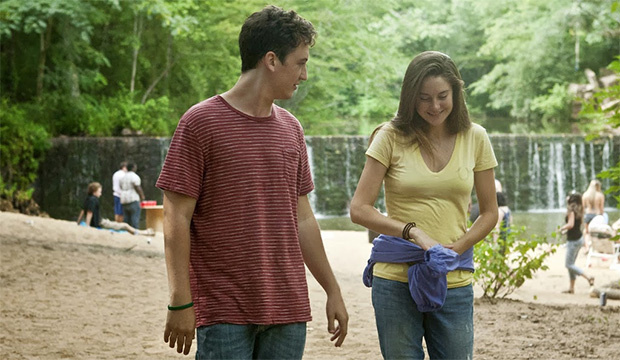
I honestly can’t get enough of Whiplash, and the soundtrack is stuck in my head. I must apologize in advance if this article detours into my love for this film instead of a strict analysis. After all, I never know when I will get to write about my second favorite film of all time again.
Whiplash is simple to summarize: it is about the abusive relationship between a jazz student (Teller) and his instructor (J.K. Simmons). That is honestly all you need to know going into this film.
Part 1: The Crescendo between Andrew and Fletcher
The movie starts with a bang, as we are ushered into our first meeting between Andrew Neiman (Teller) and Terrance Fletcher (Simmons). Fletcher walks in on Andrew playing the drums and tells him to keep playing because he is looking for drummers. The framing and contrast between the two are brilliant in this scene. The weak, inexperienced, and youthful Andrew wearing white, and the experienced, stern, and powerful Fletcher wearing black. From the start, we see timidness and uncertainty in Andrew, and the downright dominance Fletcher oozes. Of course, Fletcher is unimpressed and walks off angrily. Here begins one of the most abusive relationships between student and master to grace this decade of film. Andrew now has something to prove and will go to any lengths for recognition.
Later on, Mr. Fletcher himself walks into Andrew’s class recruiting students for his studio band. His presence creates an atmosphere of intense pressure. Everyone knows Fletcher is the big dog on campus and the man who can fast-track them to success. For Andrew, this is his second chance to pursue his dreams of being a drummer. Of course, when Andrew is asked to play again, he is stopped within seconds. When it feels like all hope is lost, Fletcher starts walking away and says, “Drums with me.” Andrew is now invited to practice with the real players, and the look of happiness on his face won’t last. I love this scene because the framing and editing clearly show Fletcher is in command, and everyone is there at his whim.
There is one phrase in this film that is so iconic that the scene is named after it: “Not quite my tempo.” When anybody asks what is Whiplash about, or why this film is so great at what it does, show them this scene. Not only is it the first major scene in the film, but it also, no pun intended, sets the tempo for what is to come. The scene begins the way most classes start: the instructor walks in and happily greets his class, wishing for a productive day. The audience and the veteran students in the room know what Fletcher is, but Andrew believes in Fletcher’s sincerity.
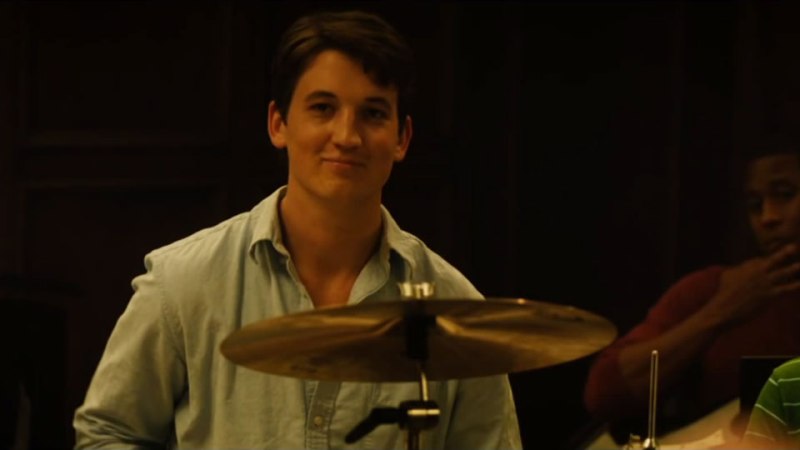
There is a whiplash effect when Fletcher goes from nice and easy-going to drill sergeant within minutes. Fletcher’s physical body is terrifying; it makes him look like an instructor and nightclub bouncer combined. The way he quietly walks up to the other characters is like a predator circling prey. When Andrew can’t quite hit the tempo, Fletcher throws a chair at Andrew. The editing is fascinating here because when the chair is thrown the camera actually shakes as if we were hit by the chair. Fletcher gets up close and personal to Andrew again like that of a drill sergeant and repeatedly ask him, “Are you rushing or dragging?” This moment is powerful because the camera zooms in on them and captures Andrew’s downright fear. When Andrew can’t tell the difference he is slapped several times and asked, “Am I rushing or dragging?” The scene only intensifies as Fletcher gets more and more personal. His barrage of insults drives Andrew to tears. When it is all over, Fletcher goes right back to his stand and resumes practice as if nothing happens.
There are key framing moments that are vital in this scene. One is the up-close camera work at play, which takes us from a room of people to just two within moments. The second is how the camera uses the actor’s physical position and posture to set a tone. Fletcher standing over Andrew or having his arms crossed gives off the sense of immense pressure on Andrew. When Fletcher rapidly or throws a chair it is startling and outright fearsome. Chazelle does this by moving the camera as a reaction to Fletcher instead of Fletcher moving with the camera. This shows how dominating Fletcher can be; even the camera is moved as if frightened by Fletcher.
Thank you for reading and don’t forget part two of this article next Friday, where I discuss the latter half of the film and analyze the framing of one of my favorite endings of all time.

